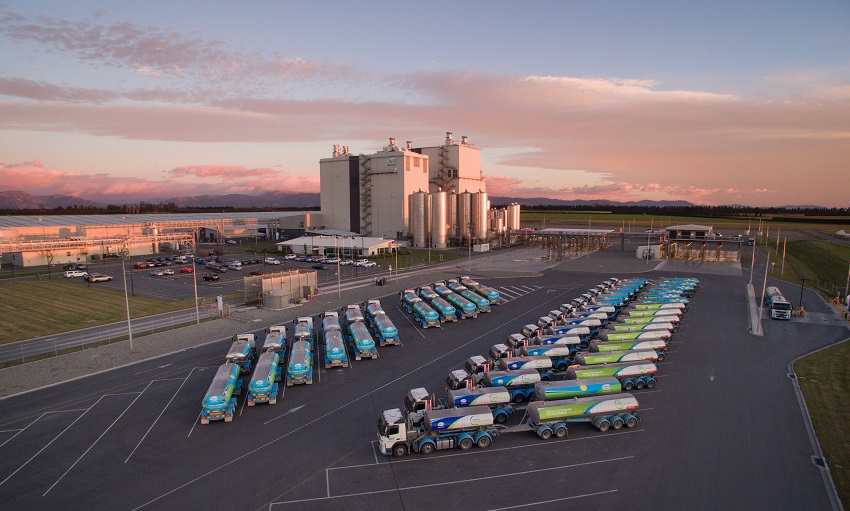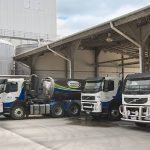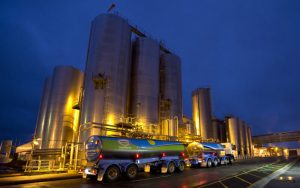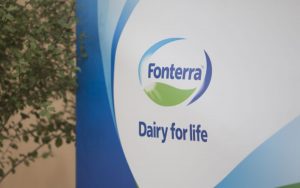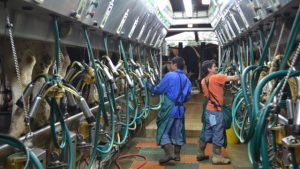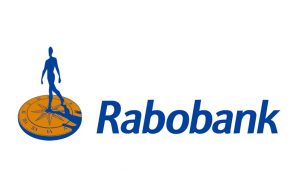
Kāpiti cheese no longer made on the Kāpiti Coast. On any normal day, this would be grim news. But on the day that Fonterra announces a $605 million loss and calls time on its plans for global dairy domination, it is the least of the farmer-owned co-operative’s woes.
Undoubtedly the closure of its Te Roto cheese factory and axing of 70-odd jobs is a blow for Paraparaumu, where Kāpiti products have been produced since 1984. Kāpiti mayoral candidate Gwynn Compton immediately launched a change.org petition to save the plant while incumbent mayor K Gurunathan put out an upbeat press release extolling the virtues of the town’s economy.
But the announcement that Fonterra is seeking efficiencies by merging Te Roto’s production into its other specialty cheese manufacturing site at Eltham three hours up the road (and to be fair, creating 34 jobs in the process) is a mere scene in what is turning out to be an epic movie.
New Zealand’s largest enterprise is set to become a much leaner operation. As agricultural economist Peter Fraser puts it, Fonterra conducted a ‘day of the dead’ exercise a month ago, bringing all its skeletons out of the closet and preparing New Zealanders for what was going to be a very bad result.
Thus it was no surprise when the co-op reported a net loss after tax of $605m for 2019 – its second-ever loss after the $196m in red ink it delivered last year.
This is because its businesses are worth $826m less than it thought. It’s had to write down the value of its Brazilian operation by $200m due to the economic conditions there. Next door in Venezuela it has sold its consumer company and closed down its ingredients business because of economic and political instability. It’s written down the value of its China Farms business, shut an Australian dairy factory thanks to drought, and wound back its involvement in the ill-fated Chinese Beingmate infant formula venture.
Meanwhile, it has sold ice cream maker Tip Top and its share in pharmaceutical ingredients supplier DFE Pharma. The proceeds will be used to pay off over $800m in debt.
In short, Fonterra got too big for its red bands, chairman John Monaghan concedes.
“For some time our strategy has tried to be all things to all men. We’re going back to being a New Zealand-based dairy co-op. You won’t hear us using words like ‘world-leading’ or ‘world-best’.”
The co-op is narrowing its strategy to areas where it has competitive advantages and can win, he says.
It’s a far cry from a company which as recently as two years ago aspired to achieve $35 billion in revenue from a milk volume of 30 billion LMEs (liquid milk equivalents) by 2025. This compares to its current sales revenue of around $20b and 20 billion LMEs milk collection.
Instead, Fonterra is going back to its knitting. It will start exiting its overseas milk pools and reduce its portfolio of consumer products. Its focus will be five key ingredients categories: paediatrics, medical and ageing, sports and active, and core dairy ingredients.
The demand for dairy is still growing, and at a time when New Zealand milk production isn’t increasing significantly, scarcity will add value, CEO Miles Hurrell says. Plus, there is the enduring value of the New Zealand story.
“Consumers are wanting to know more about where their food comes from. That really has brought about us trying to highlight the fact that we are a New Zealand-based co-operative, we have this unique product that we can take to the world at scale,” he says.
One of Fonterra’s immediate priorities is to reorganise itself to deliver on the new strategy. “We need a structure that allows us to live within our means (and) create better connections with our customers,” Hurrell says.
Hence the co-op will be restructured yet again, this time into three divisions aligned with its markets: Asia Pacific, Greater China, and everywhere else. There will be redundancies, likely at the upper echelons of the organisation the CEO says. He’s already banned pay rises and bonuses for the year. Aside from Te Roto no other site closures are planned.
What do farmers make of it all? They are disappointed, for sure. They get paid in two ways – the farmgate milk price they receive for each kilogram of milk solids (kgMS) they supply, and a dividend they earn for each share they own in the co-operative (and thanks to the co-operative’s woeful performance they’re getting a dividend of zero in 2019). Nor are they likely to return to the 40 cents they got in 2017 anytime soon, although the company says its target is to pay 50 cents a share within five years.
On the flipside the milk price has held up. The final price for the year is $6.35 kgMS, which is historically pretty good, so they are probably willing to weather the storm, albeit grumpily.
Now Fonterra needs to make the new strategy work. It took on a heap of debt trying to turn itself into a Nestlé or a Kraft (its aim now is to reduce its indebtedness from 48% of equity to under 40%), but it is a co-operative owned by its farmers, not an international conglomerate. It has to get back to basics.
